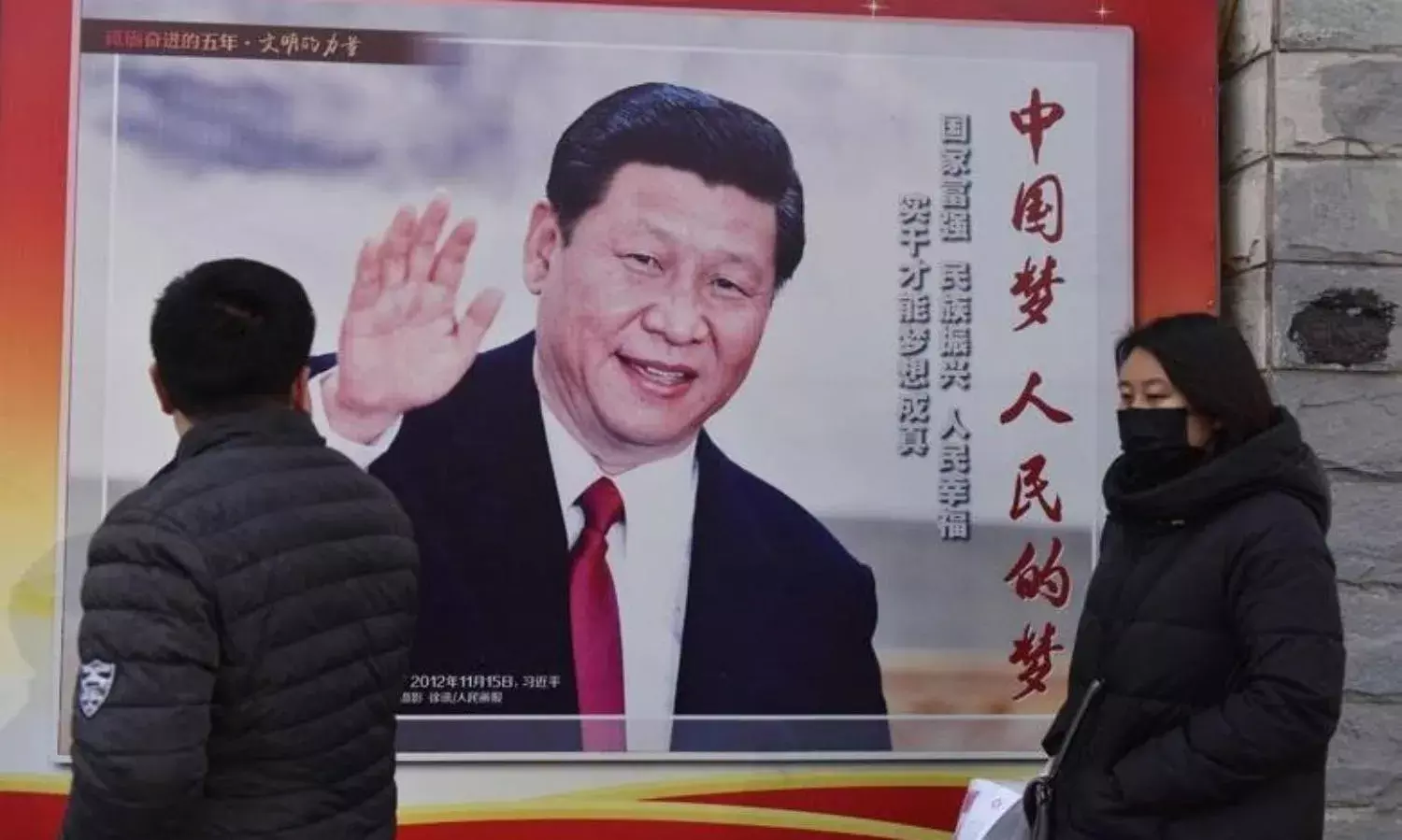Do Not Underestimate China
India is not what it was in 1962

In reference to the India- China war, our defence experts are asserting, in one voice, that India is not what it was in 1962. What they fail to note is that China too is not what it was during that war.
China’s policy keeps time on its side, while complacency is our forte. Working assiduously and with single mindedness China has been enhancing its overall defence capabilities, related technologies and military infrastructure in Tibet. Whereas India has slept for more than half a century, ignoring the emerging scene and the gathering storm across the Himalayas.
We have been not just complacent but decidedly negligent of the emerging security threats, both internal and external.
Spending less than 1.5 % of GDP on defence (during the last many years) as against 3% by China, out of a GDP, nearly five times the size of ours, India has been left far behind in the field of defence capabilities. Given long history of military defeats and centuries of slavery, India’s lack of concern for national security ought to appear alarming to any discerning mind.
At the same time we need to ponder as to why we have lagged so far behind China in economic development, when we were better off than it at the start in 1948. Our GDP was equal to that of China, some 20 years ago.
China has made great progress in the field of cyber warfare, in artificial intelligence, robotics, development of next generation weapons, missiles, aircraft carriers, drones, fifth generation fighter jets and electromagnetic guns for its navy.
On the other hand most of Indian army’s weapons are of older generation and are of imported category. Presently the Indian Army is seeking to import rifles for its infantry soldiers. India’s infrastructure within and along the Tibet border is poor.
China has gained considerable influence in Nepal, with far-reaching and grave implications for India’s security and economic well being. A number of rivers flow into India from Nepal and their waters can be controlled, and there is an open border between the two countries. China is building a railway line from Lhasa to Kathmandu and further up to the boundary with India.
No one need make light of the emerging scene and spread of Chinese influence along India’s periphery. The Maoist movement in Nepal has had a spillover effect in boosting developments in the Red Corridor within India. The merging of Maoist cadres into the Nepalese army is a matter of some concern for India, which recruits its Gorkha soldiers from Nepal. Our soldiers during their leave in Nepal will often be interacting with Nepalese soldiers.
Although it is true that China has with equal zeal and purpose followed the policy of tying down India by using Pakistan as a proxy and spreading its influence amongst countries on its periphery, but it only points to our own failures. Added to that are its efforts to create a ‘string of pearls’ around India. China’s forays into the Indian Ocean is another issue that need draw out attention.
Not only has our foreign policy somewhat ignored the imperative of creating friendly environments on our periphery, it has grossly failed to adjust to the emerging threats.
Our investments in the field of diplomacy and financial assistance to Afghanistan will soon come to naught once the United States completely pulls out of that country and the Taliban regain power with the active support of Pakistan. Some of the terrorist groups operating there are likely to be redeployed against J&K.
The internal situation is no less worrisome. J&K continues to be an issue of some concern where a large body of troops are committed to combat, insurgency and terrorism. Then there is unrest in the North East. To add to these problems on both our flanks, is the breakdown of administration in vast swaths of the interior, what has come to be called the Red Corridor.
Given the current state of the Indian economy, consequent to the ravages of Covid-19 and attendant impact on jobs and businesses, the financial allocation for Defence is going to be further reduced over the next few years. Added to this are the efforts of the Chief of Defence Staff (CDS) to show that he can reduce defence expenditure, even overlooking the essential and inescapable needs of the defence forces. He seems to be content even if army weapons are of a lower grade: down to 70 percent.
When our defence experts claim that India can successfully fight a two and a half front war ( against china on one part, Pakistan on the other and internal in J and K and North East ), indulge in chest thumping and boasting that India is not what it was in 1962, they create a false sense of security and assurance which will only lead to India continuing to ignore the imperatives of upgrading defence capabilities of the country. At some future date we may have to pay a heavy price for such aimless bravado and continued neglect of national security.



